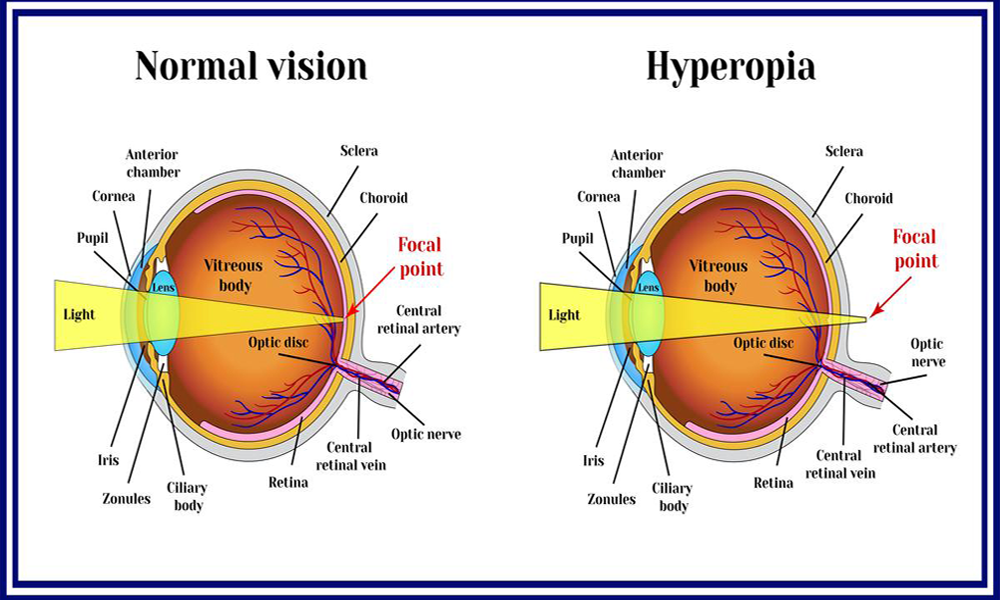-
Call Us
+91 91759 73201 -
Email Us
drchetanjaykar@gmail.com -
Time
Mon To Sat (Sun Close)
10:00 AM - 02:00 PM 05:00 PM - 08:30 PM

Refractive error is a common eye disorder that affects the eye's ability to focus light properly onto the retina. This can result in blurred vision, eye strain, and headaches. Refractive errors can be caused by a variety of factors, including the shape of the eye, the curvature of the cornea, or the length of the eyeball.
The most common types of refractive errors are myopia (nearsightedness), hyperopia (farsightedness), and astigmatism. Myopia occurs when the eye is too long, causing light to focus in front of the retina instead of on it. Hyperopia occurs when the eye is too short, causing light to focus behind the retina. Astigmatism occurs when the cornea is curved, causing light to focus unevenly on the retina.
Refractive errors can be corrected with eyeglasses, contact lenses, or refractive surgery. It is important to have regular eye exams to detect and correct any refractive errors, as they can lead to more serious eye problems if left untreated.
Copyright @ Jaykar Eye Clinic 2023. All rights reserved